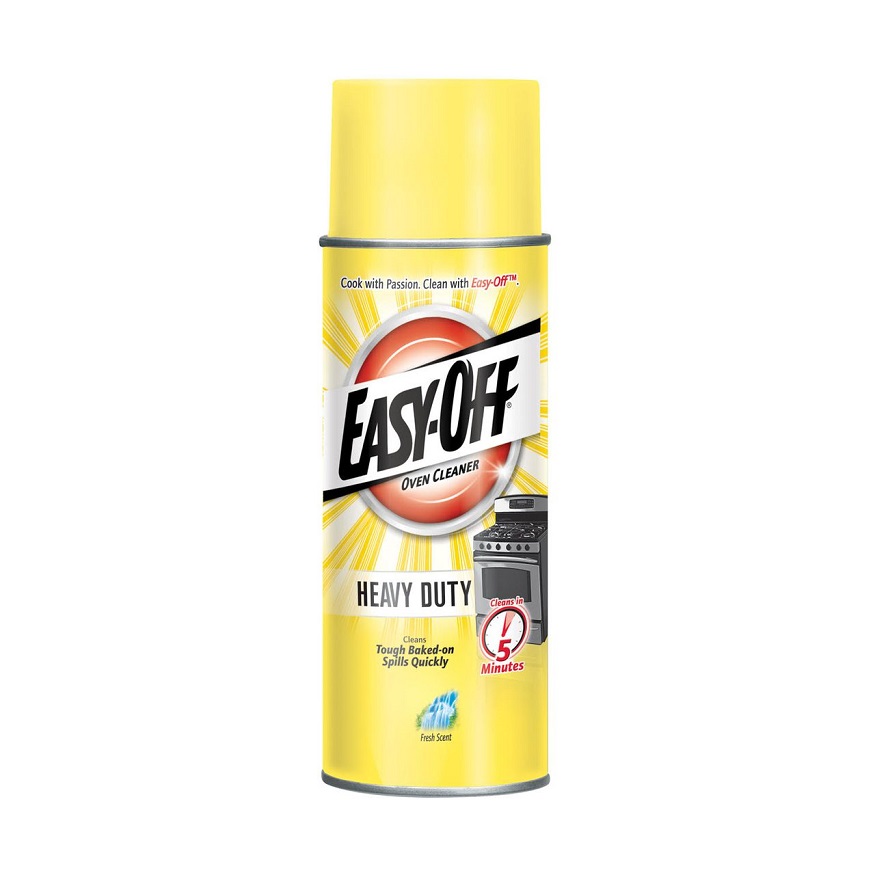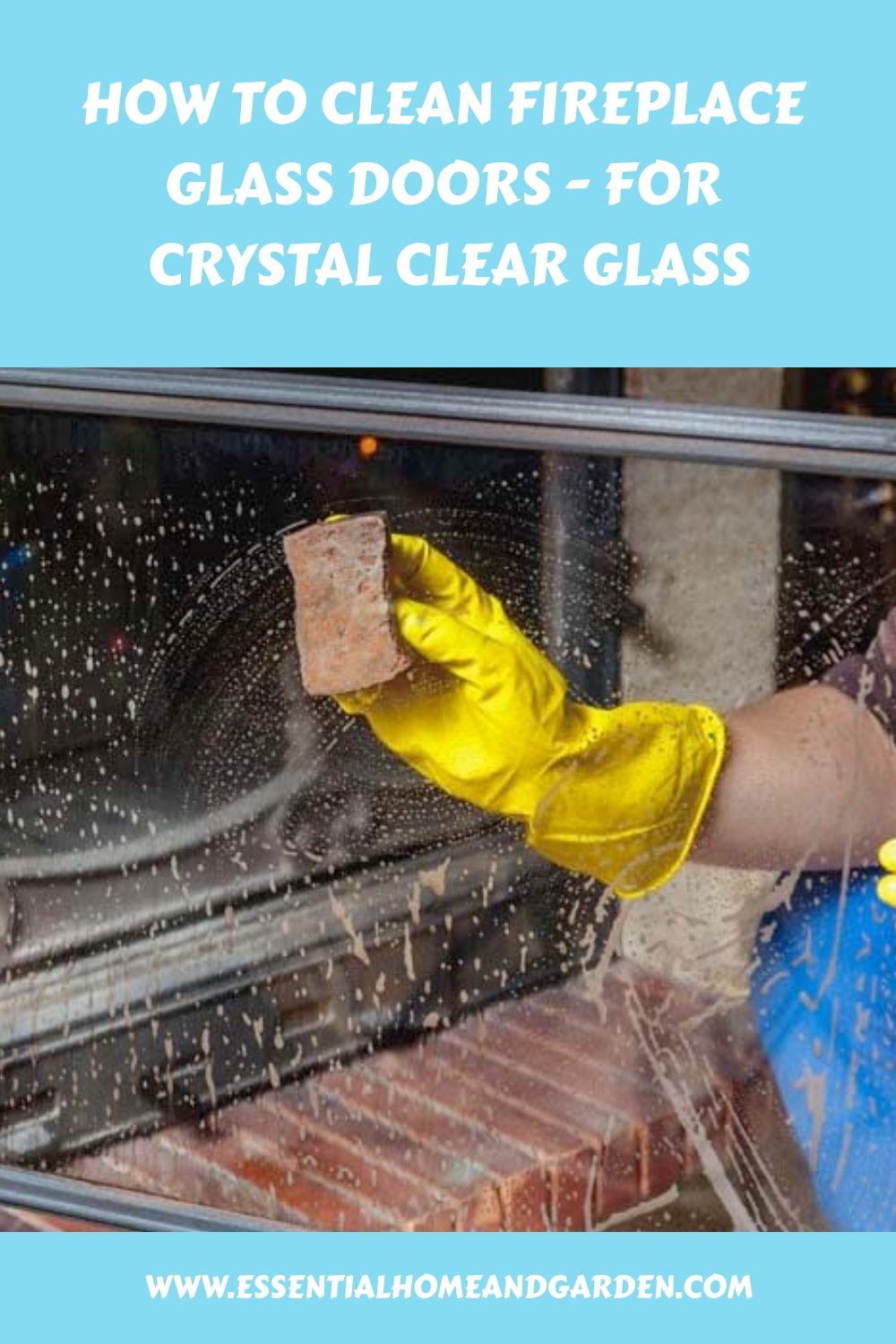Cleaning your fireplace glass doors doesn’t have to be a daunting task. If you’ve ever found yourself frustrated by the stubborn soot and grime that clings to the glass, obscuring the warm glow of your fire, you’re not alone.
As someone who’s faced the same challenge, I’ve discovered that you can restore your fireplace glass to its original sparkle with minimal effort with the right technique and a few simple tools.
Let me guide you through the easiest and most effective way to achieve crystal-clear glass doors, transforming your fireplace from grimy to gleaming in no time. Ready to see the difference? Let’s dive in.
The Easiest Way To Clean Fireplace Doors
The easiest way to clean fireplace glass doors is by using a simple white vinegar and water solution.
This natural cleaning agent effectively cuts through soot and grime without the need for harsh chemicals.
- Mix a 50/50 solution of vinegar and water in a spray bottle
- Apply it to the glass
- Let it sit for a few minutes.
- Wipe it off with a soft cloth or newspaper for a streak-free finish.
This method is quick, effortless, eco-friendly, and gentle on your glass doors.
Give it a try, and you’ll be amazed at how effortlessly your fireplace glass regains its shine.
Read on for other methods to try.
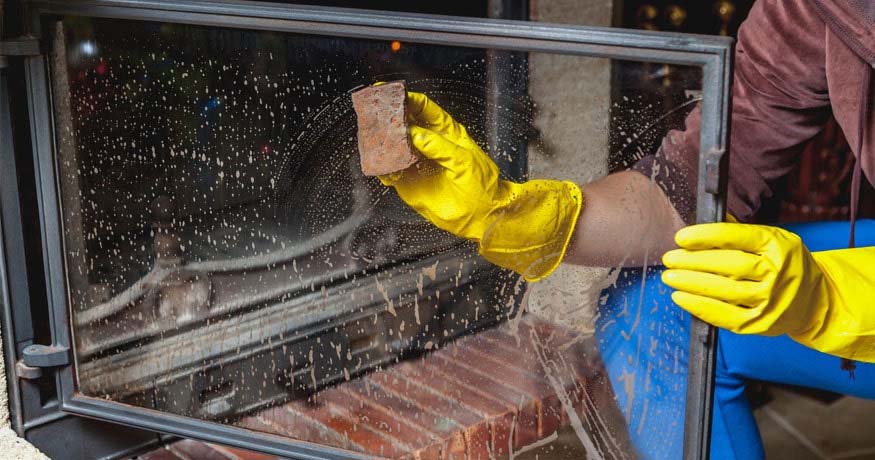
How to Clean Glass Fireplace Doors
Clean your fireplace doors with any of the following methods, but first, follow the preparation guide.
Before You Start – Preparation
Safety First: Ensure the fireplace is completely cool before cleaning to avoid any burns or thermal shock to the glass.
Avoid Mess: Lay down a tarp or newspaper to catch any drips or debris. Wear gloves to protect your hands. Remove the glass and carry out the cleaning process outdoors if you can.
With Wet Newspaper and Ash
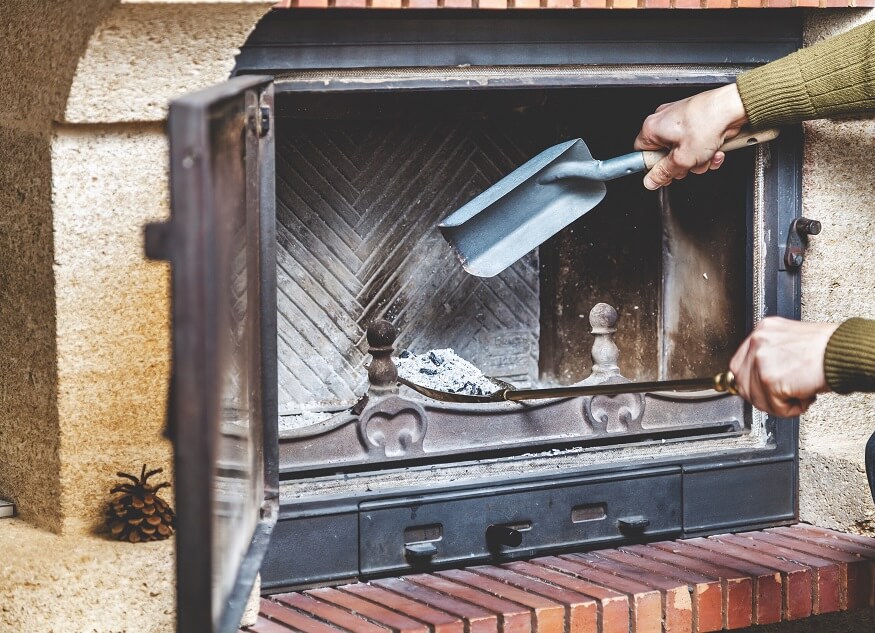
What you’ll need:
- Ash from your fireplace
- Water
- Newspaper, cloth, or paper towels
Method:
- Wet a cloth or piece of newspaper
- Dab it in ash, and start scrubbing in a circular motion.
- Removing the soot residue completely may take a few passes, but you should quickly notice a difference.
Notes:
Why ash works so well as a glass cleaner likely has to do with its makeup and texture.
Ash is naturally abrasive, which means it works away at layers of sticky soot like a Brillo pad would. But, because it isn’t hard enough to scratch the glass itself, it has more of a buffering effect, further increasing the shine of the final product.
Read more about the other uses for ash around the home here.
Safety Precautions
Wear a mask to avoid inhaling ash. It is advisable to use an N95 mask because it can effectively filter tiny particles.
Make a Vinegar Solution
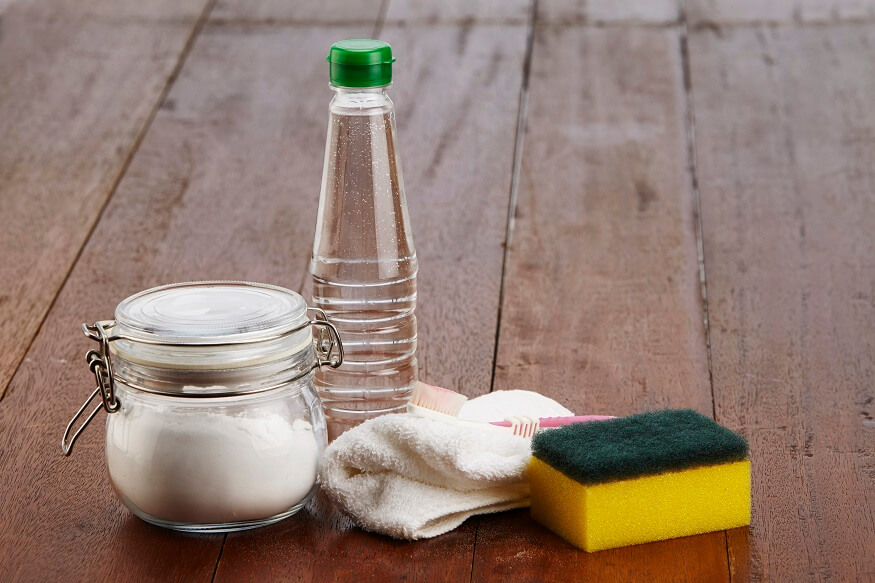
What you’ll need:
Method:
- Prepare Your Cleaning Solution:
- Mix one cup of vinegar with three cups of warm water and one tablespoon of ammonia in a spray bottle for a standard clean.
- For a more abrasive cleaner to tackle thick soot, combine one-quarter cup of vinegar with two cups of water, one tablespoon of cornstarch, and, if needed, a quarter-cup of rubbing alcohol.
- Apply the Cleaner:
- Spray the chosen cleaning solution generously onto the cool fireplace glass doors.
- Allow the solution to sit and penetrate the soot for at least 30 seconds.
- Scrub the Glass:
- After the solution has had time to work, use a soft cloth or sponge to scrub the glass in a circular motion, applying cleaner as needed.
- Rinse and Dry:
- Once the soot is loosened, rinse the glass with clean water or wipe it down with a damp cloth to remove any remaining cleaner and residue.
- Dry the glass with a lint-free towel or microfiber cloth for a streak-free shine.
Notes:
Vinegar is another cheap cleaner that most homeowners have on hand. It works well to cut through soot residue, but it may take a few passes to achieve that original shine on dirty glass doors.
Vinegar can be used by itself, diluted with water, or mixed with some additional products to up its cleaning power.
Safety Precautions:
Using a vinegar solution is safe and effective. However, don’t let it contact your eyes and skin. Don’t mix vinegar with other cleaning products like bleach because the mixture can produce toxic chlorine gas.
Use Magic Erasers
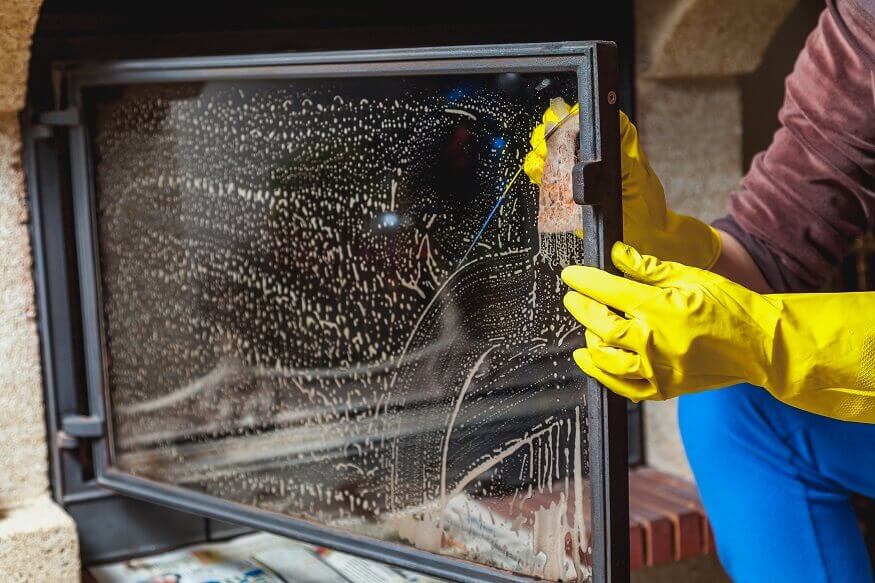
What you’ll need:
Method:
- Dampen the Magic Eraser: Wet the Magic Eraser with water and squeeze out any excess liquid, so it is damp but not dripping.
- Gently Scrub: Using the damp Magic Eraser, gently scrub the glass in a circular motion, focusing on areas with the most buildup. Apply even pressure to avoid scratching the glass.
- Wipe Clean: Periodically wipe the glass with a clean, damp cloth to remove loosened soot and check your progress.
- Repeat if Necessary: If soot remains, gently scrub with the Magic Eraser and wipe clean as needed.
- Dry the Glass: Once the glass is clean, use a dry microfiber cloth or paper towel to dry the glass completely and remove any streaks for a clear view.
Notes:
Magic eraser sponges work surprisingly well for routine cleaning and removing that last stubborn layer of black residue.
They are an especially great option for glass doors that can’t be removed since they don’t create a lot of mess or splatter.
Because fireplace soot tends to require multiple passes to fully remove, we recommend using a heavy-duty brand like Oh My Clean’s extra-durable eraser sponge. Use the Magic Eraser like a regular sponge.
Safety Precautions:
Magic erasers are generally safe. To keep your hands clean, you can wear gloves.
Remove Built Up Grime With a Razor Blade
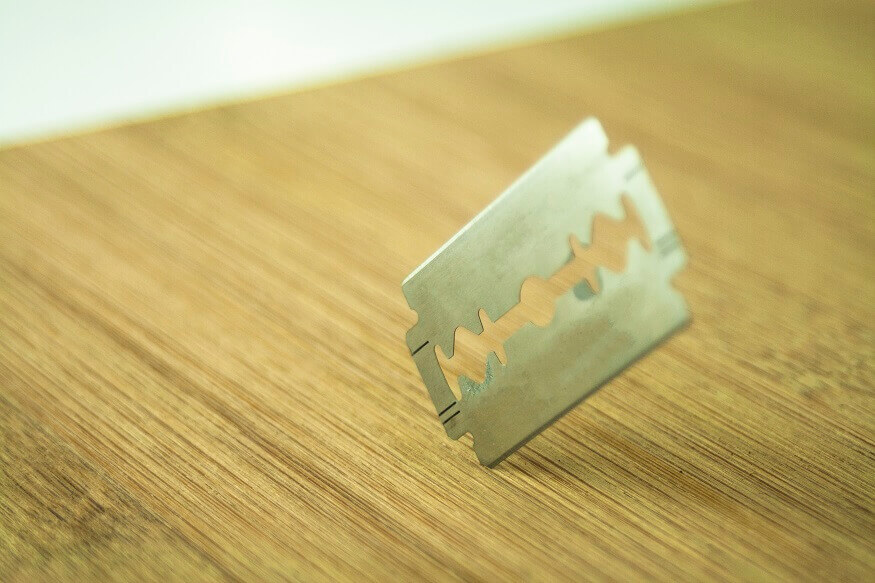
What you’ll need:
Method:
- Use the Razor Blade: Hold a razor blade at a forty-five-degree angle to the glass surface.
- Scrape Gently: Gently push the blade along the glass, peeling up only the thick, top layers of black residue. Apply light pressure to avoid scratching the glass.
- Remove Top Layers: Focus on removing just the thickest layers of soot. Do not attempt to scrape the glass completely clean with the razor blade.
- Switch Cleaning Methods: After most of the residue has been lifted with the blade, switch to a gentler cleaning method, such as a vinegar solution or a commercial glass cleaner, to remove the remaining soot and discoloration.
- Final Cleaning: Use your chosen cleaning solution to clean the glass, following the specific instructions for that method to achieve a clear and streak-free finish.
Safety Note
Razor blades are sharp. If possible, wear safety work gloves and never pull the blade towards any part of your body.
Try A Commercial Cleaner
What you’ll need:
If you are looking for a go-to cleaner that doesn’t require extra prep to put together, a commercial product will be your best option.
Many oven cleaners are also effective in removing grime from fireplace glass. Easy-Off Professional Oven and Grill Cleaner is great to have on hand for removing grease and soot on any surface.
Regarding ease-of-use and effectiveness, we like Meeco’s Red Devil Woodstove Glass Cleaner. This cleaner is specially formulated to remove baked-on creosote, smoke, soot, and dirt from the glass.
Safety Note
Don’t mix different cleaners as it may lead to a strong chemical reaction. As much as possible, follow the cleaning directions recommended by the manufacturer.
